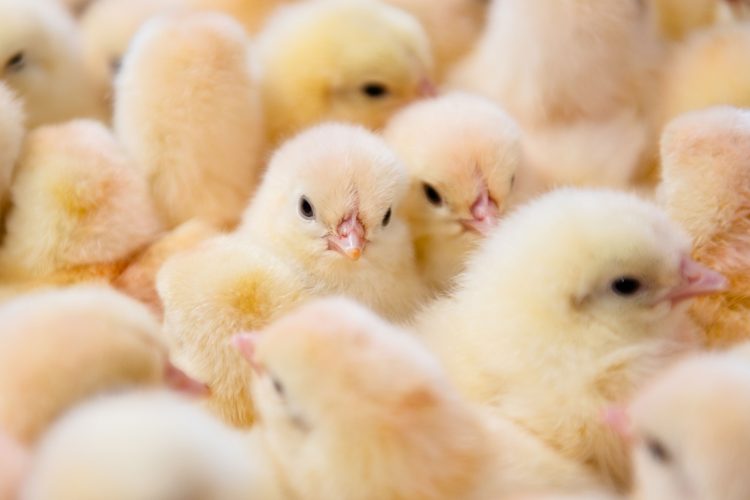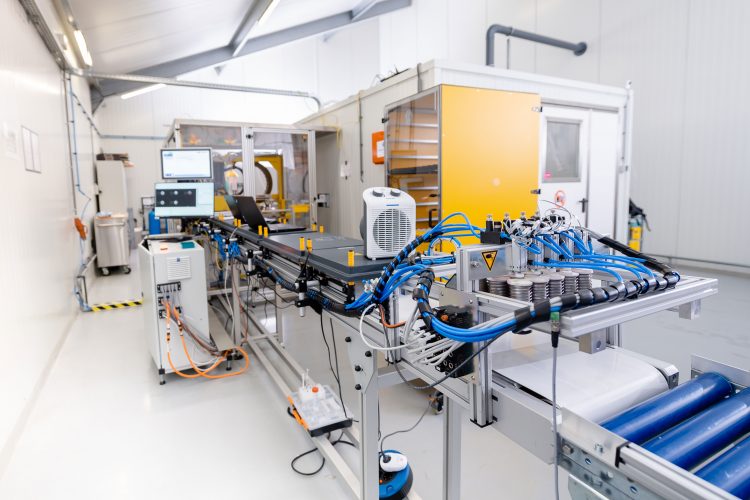Technology innovation to help end chick culling
- Like
- Digg
- Del
- Tumblr
- VKontakte
- Buffer
- Love This
- Odnoklassniki
- Meneame
- Blogger
- Amazon
- Yahoo Mail
- Gmail
- AOL
- Newsvine
- HackerNews
- Evernote
- MySpace
- Mail.ru
- Viadeo
- Line
- Comments
- Yummly
- SMS
- Viber
- Telegram
- Subscribe
- Skype
- Facebook Messenger
- Kakao
- LiveJournal
- Yammer
- Edgar
- Fintel
- Mix
- Instapaper
- Copy Link
Posted: 28 June 2021 | Robert DiLorenzo | No comments yet
An effective combination of innovative technology could be the solution to a global issue in ethical food production – chick culling.


The global demand for animal protein continues to increase. As a result, poultry and egg producers have modified their practices over the years to improve efficiency and boost production. Because of their successful use of technology advances, eggs that might once have been an expensive commodity have become a low-cost, widely available source of protein. As an unintended consequence however, some of the practices used to increase production have introduced ethical challenges that are only now being addressed.
Male chicks do not ultimately produce eggs and are not a favoured source of meat. For this reason, hatcheries work to make sure that costly resources, such as food and space, are only used for female chicks that are of the highest value to the industry. The current common practice is to determine the sex of chicks by hand and only retain the females for further development…all the male chicks are killed.
Through culling, the egg-laying industry destroys almost half of the chicks that are born. In fact, more than 6.5 billion male chicks are killed annually. This practice has become a source of significant concern for those who value animal welfare and support ethical food production.
How has awareness of chick culling changed global thinking?
In May 2021, Germany passed a law banning the large-scale killing of male chicks in the egg-laying industry as of 1 January 2022. While Germany is the first country to ban the practice, France has committed to ending it as well. Companies in the US have also expressed a desire to eliminate the killing of male chicks. The prospect of alternative methods for sex determination has helped to motivate this progress in legislation.
What if the method for sex determination focused on the eggs instead of the chicks?
If the sex of the egg were determined earlier in the process, the males could be removed before ethical and welfare concerns begin. This would allow hatcheries to dedicate their resources to fully incubating and hatching the female chicks intended to become laying hens.
For the past 10 years, the problem solvers at In Ovo have worked on developing a system that can identify the sex of eggs early in the breeding process, so that hatcheries can avoid killing male chicks that are of no use to the industry. The process involves taking a tiny sample from the egg to measure a unique biomarker that can be used to determine the sex. This analysis can be done on the hatchery floor, and it uses novel mass spectrometry (MS) technology to achieve the ultra-high throughput needed to work in-line in commercial hatcheries around the world.


Meet Ella – In Ovo’s high-throughput screening machine which can identify the sex of the egg
Which innovative technology offers a solution?
In Ovo’s high-throughput screening machine is called Ella. It is a precise, automated way to remove small samples from eggs and analyse them using MS. The Echo® MS System from SCIEX is breakthrough technology that combines the quantitative performance of mass spectrometry with ultra-high sample throughput. The sensitivity and specificity of MS biomarker analysis, and the speed and scale of the Echo MS System, are what was needed to bring the solution to the hatchery floor to be used in line with standard processes. To hear more about the In Ovo story, watch this webinar.
For more details about the Echo® MS System, visit the SCIEX product page.
About the author
Robert DiLorenzo, PhD, is a Staff Scientist in the Global Technical Marketing group at SCIEX. His application focus is on cannabis, food and beverage.
Copyright info
The SCIEX clinical diagnostic portfolio is For In Vitro Diagnostic Use. Rx Only. Product(s) not available in all countries. For information on availability, please contact your local sales representative or refer to https://sciex.com/diagnostics. All other products are For Research Use Only. Not for use in Diagnostic Procedures.
Trademarks and/or registered trademarks mentioned herein, including associated logos, are the property of AB Sciex Pte. Ltd. or their respective owners in the United States and/or certain other countries. Echo and Echo MS are trademarks or registered trademarks of Labcyte, Inc. in the United States and other countries, and are being used under license.
© 2021 DH Tech. Dev. Pte. Ltd.









